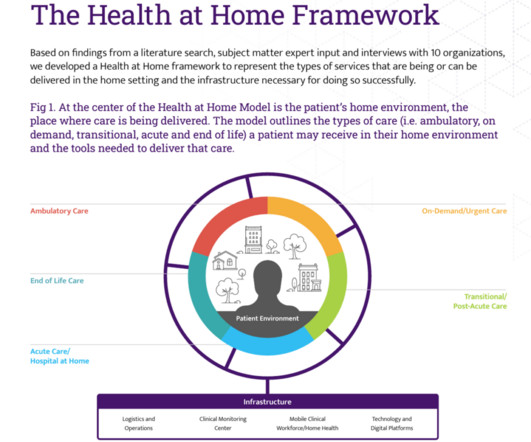Patients benefit from AI-powered care navigator at Columbia Memorial Health
Healthcare It News
OCTOBER 6, 2023
"We also were keen on enhancing the overall patient experience," said Dr. Ronald Pope, vice president of medical services, care centers, at Albany Med-Columbia Memorial Health. "Therefore, we achieved more online business and prevented patients from visiting our competitors."


















Let's personalize your content